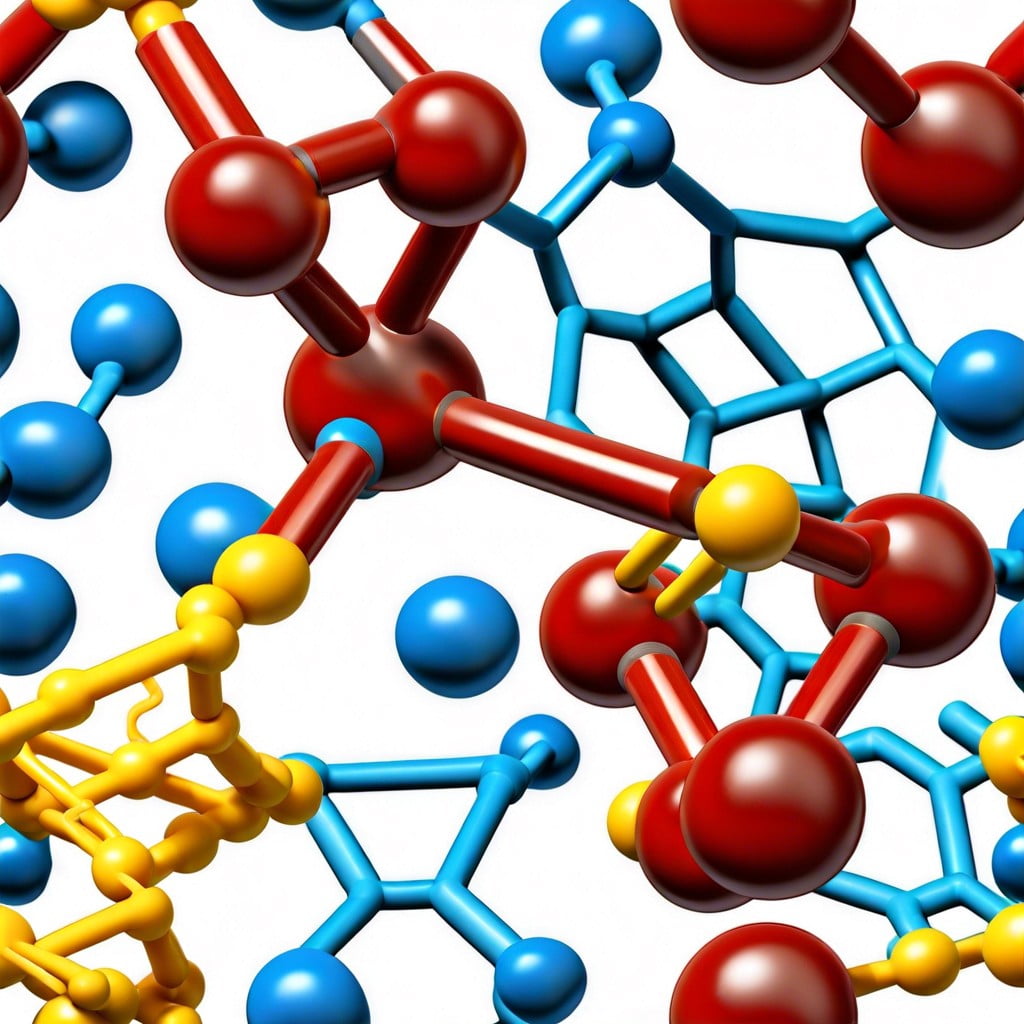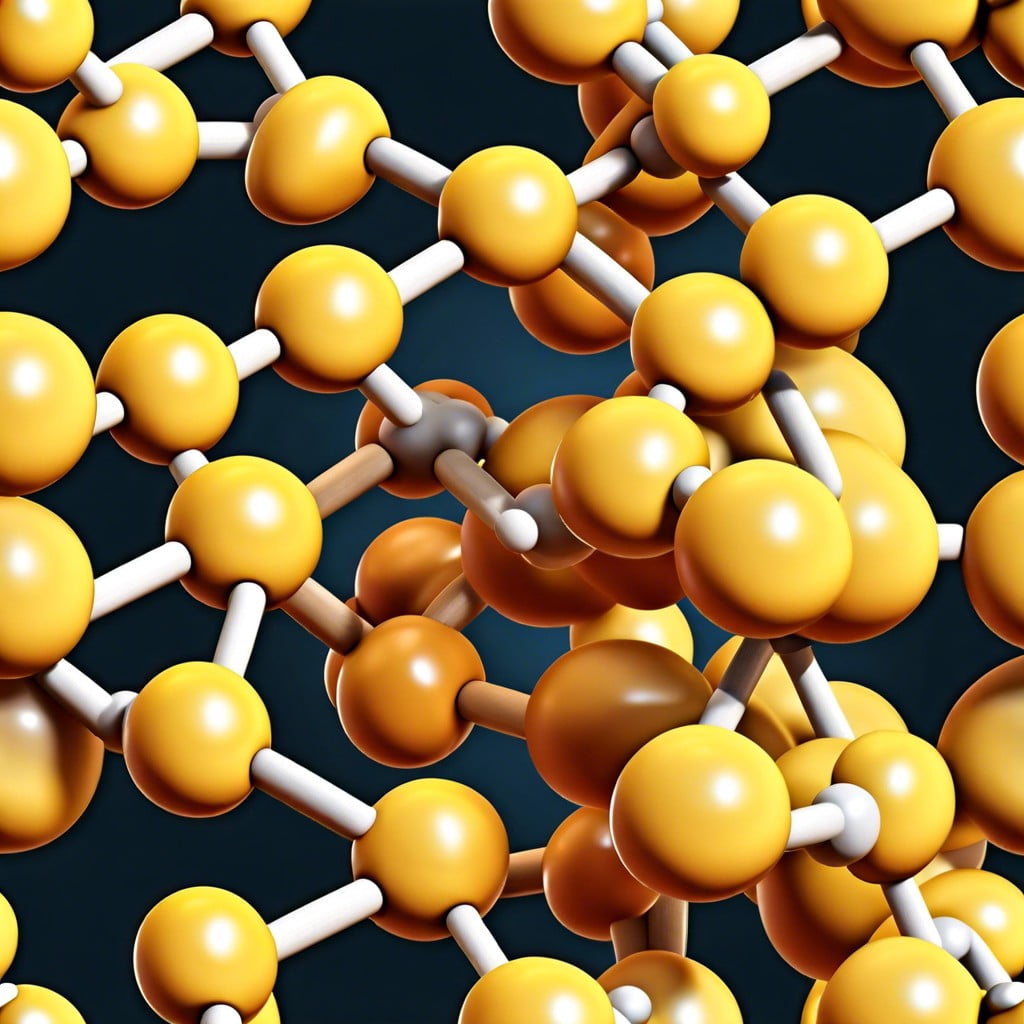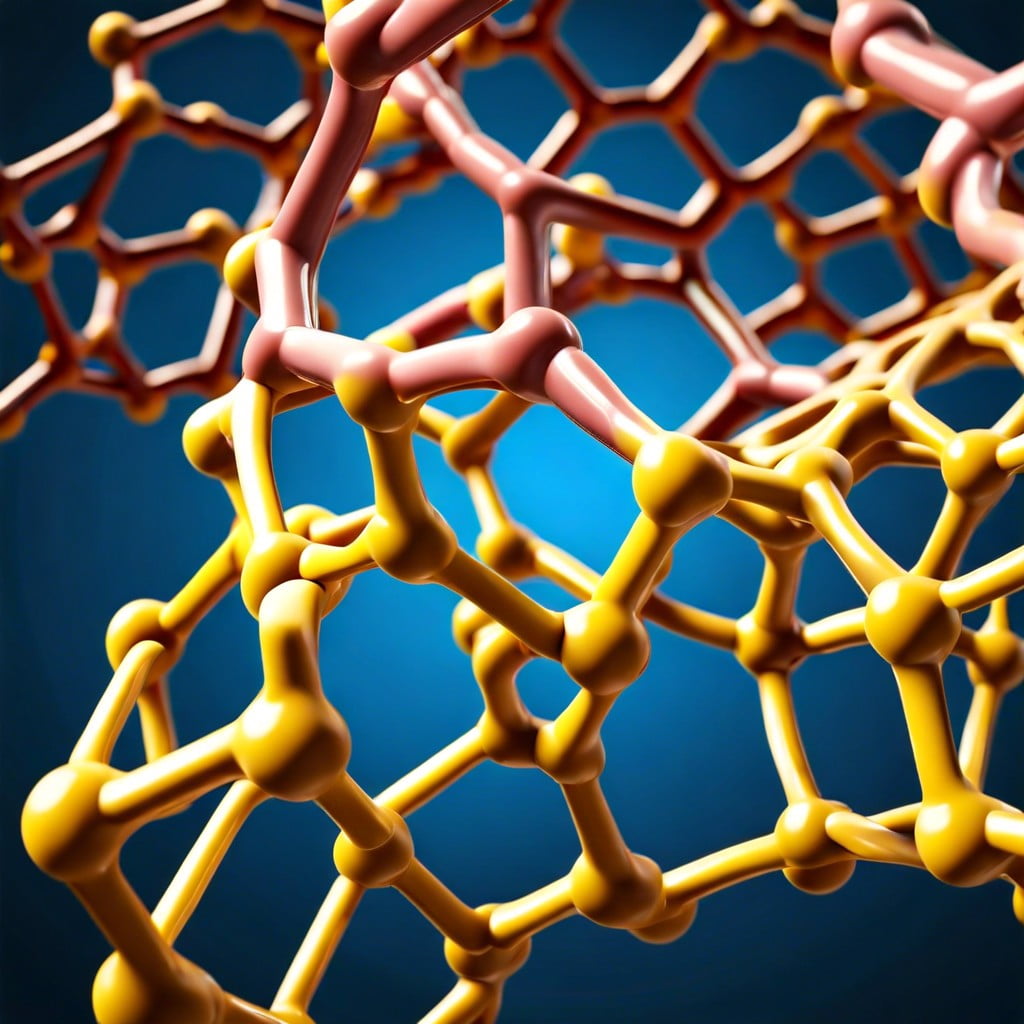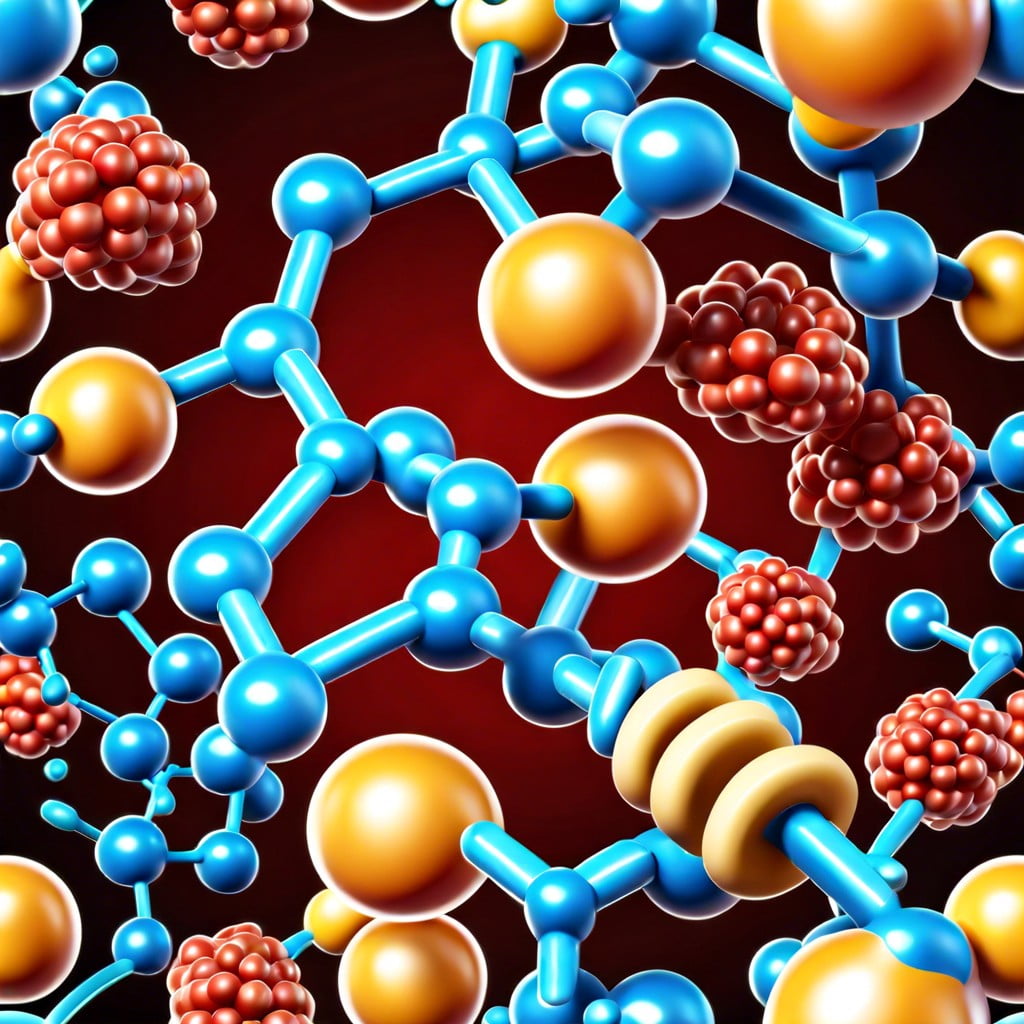Discover how polymer carbohydrates play a vital role in construction, offering benefits such as enhanced material durability and sustainability.
Key takeaways:
- Polysaccharides are macromolecules formed by the linkage of several sugars.
- Polysaccharides offer strength, flexibility, and biodegradability in construction.
- Understanding molecular architecture is crucial for material selection and application.
- Polymer carbohydrates offer high strength, durability, customization, and biodegradability.
- Polymer carbohydrates are cost-effective, low-maintenance, and environmentally sustainable.
What You Will Learn
Definition of Polymer Carbohydrates
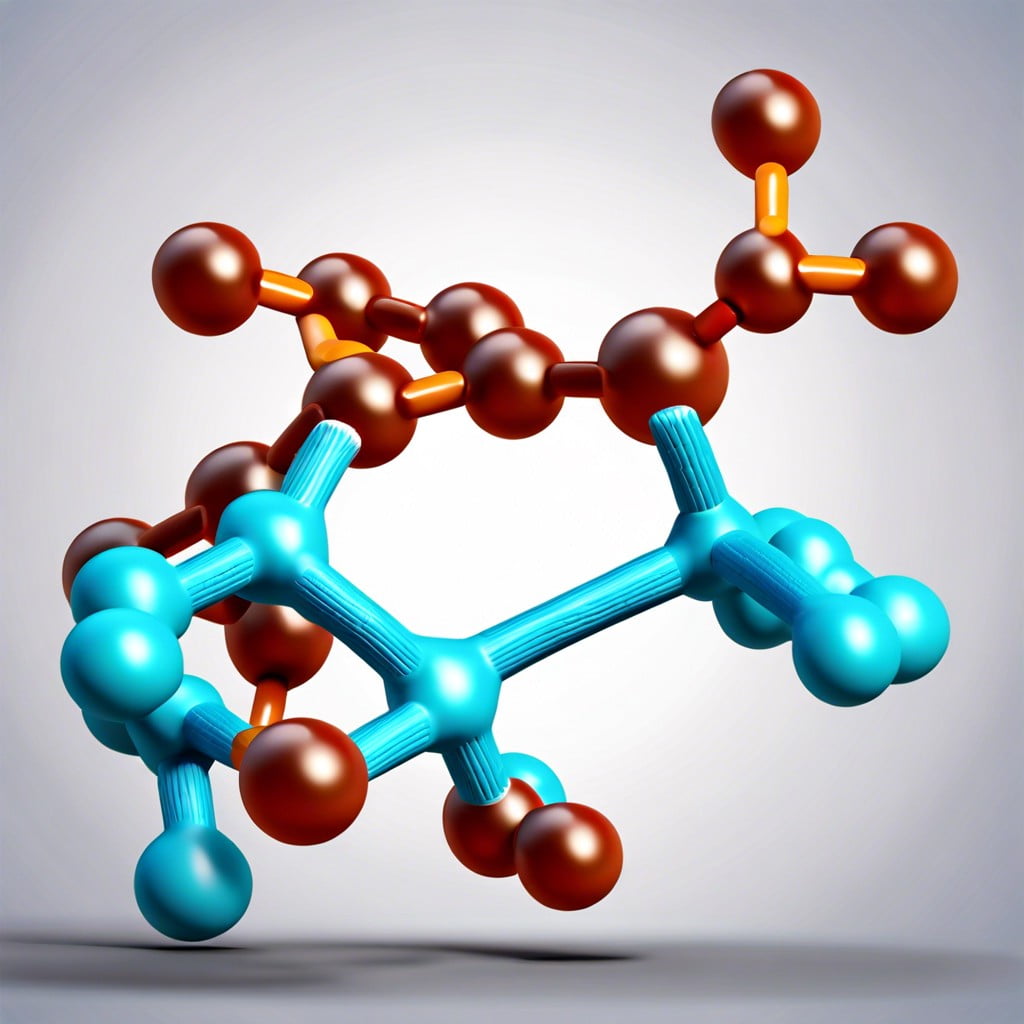
Polymer carbohydrates, commonly known as polysaccharides, are long chains of carbohydrate molecules bonded together. These natural polymers are composed of simple sugar units called monosaccharides. When these units link together, they form a sturdy and versatile structure that may have thousands of sugar molecules in a single chain.
- Key Points:
- – Polysaccharides are macromolecules formed by the linkage of several sugars.
- – These sugars are connected via glycosidic bonds, resulting in a stable structure.
- – Common examples include cellulose and starch, which are found in plants and used by them for structure and energy storage, respectively.
Polysaccharides differ in complexity and function based on their sugar composition and the type of bonds linking them. In construction, certain polymer carbohydrates are used for their strength, flexibility, and biodegradability. The innate properties of these materials offer potential for innovation in eco-friendly building materials.
Structure and Synthesis of Polymer Carbohydrates
Polymer carbohydrates, better known as polysaccharides, are composed of long chains of monosaccharide units linked by glycosidic bonds. These chains can vary greatly in length, branching, and composition, leading to a diverse range of materials with different properties.
In nature, polysaccharides are synthesized by enzyme-catalyzed reactions, where simple sugar molecules like glucose are joined to form complex structures like cellulose and starch. The process is intricate and highly controlled within cells, ensuring the correct assembly for the intended biological function.
In the lab and for industrial applications, the synthesis of polymer carbohydrates can be achieved through various methods such as polymerization of monosaccharides or by modifying natural polysaccharides. Advances in chemical engineering have allowed for the creation of new polysaccharide-based materials tailored specifically to the needs of construction, such as increased durability or enhanced insulation properties.
To harness these materials in construction, understanding their molecular architecture is crucial. It influences their physical properties, such as tensile strength and water resistance, which in turn dictates their suitability for certain applications. For example, the tightly packed, linear structure of cellulose gives wood its rigidity, making it a staple in building structures, while the highly branched structure of starch can be modified to produce biodegradable foams for insulation.
Role and Advancements in Polymer Carbohydrate Technology for Construction Applications
Polymer carbohydrates, commonly derived from natural resources such as plants, have gained traction in the construction industry due to their unique properties and functional benefits.
High Strength and Durability: In construction, materials need to withstand various stresses. Polymer carbohydrates offer enhanced strength and durability compared to some traditional materials, resulting in longer-lasting structures with reduced need for repairs.
Customization and Flexibility: These polymers can be engineered to specific requirements. This flexibility allows for the creation of materials with tailored properties, such as increased elasticity for seismic-resistant buildings or improved insulation for energy-efficient homes.
Biodegradability: One of the significant advancements is in the development of biodegradable construction materials. Polymer carbohydrates can be designed to break down naturally over time, reducing environmental waste and promoting eco-friendly construction practices.
Innovation in Composites: Blending polymer carbohydrates with other materials creates composites that offer even more variety in texture, strength, and resilience. For example, combining them with fiberglass or carbon fibers can enhance load-bearing capacities, opening up new design possibilities for architects and engineers.
While these polymers are not a one-size-fits-all solution, their evolution continues to provide the construction industry with alternatives that are efficient, effective, and increasingly sustainable.
Environmental Impact and Sustainability of Polymer Carbohydrates
Polymer carbohydrates, often derived from renewable resources such as plants, offer a promising approach to more sustainable construction materials. When extracted from natural sources, these polymers are biodegradable and can minimize the environmental footprint of construction projects.
One of the key advantages is their origin from biomass; this means they can be replenished over time, unlike petroleum-based polymers. Furthermore, the production process of these biopolymers generally requires less energy, leading to a reduction in greenhouse gas emissions.
It is important to consider not just the source of these materials but also their life cycle. Polymer carbohydrates can be designed to degrade under certain conditions, which reduces the accumulation of waste in landfills. Their degradation products are typically harmless, as they break down into natural substances like water and carbon dioxide.
However, the durability of these materials in construction applications is crucial. Researchers are working on optimizing the properties of polymer carbohydrates to ensure they are robust enough for long-term use while still retaining their eco-friendly qualities.
Lastly, the integration of polymer carbohydrates into existing recycling systems is a key factor in their sustainability. The aim is to establish a circular economy where these materials can be repeatedly recycled or composted, thus contributing to a more sustainable construction industry.
Cost-Effectiveness and Maintenance of Polymer Carbohydrate Materials
Polymer carbohydrates present an attractive cost profile when considering their overall lifespan. Their inherent resistance to environmental degradation often means less need for repairs and replacements compared to traditional materials. This durability translates to fewer maintenance requirements, such as painting or sealing, making them an increasingly popular choice in construction projects where long-term savings are a priority.
In terms of initial costs, polymer carbohydrate materials can be more expensive than conventional choices. However, when factored over their extended service life, the investment often pays off. Additionally, as the production technology matures and becomes more widespread, costs are expected to decrease, making these materials more accessible.
Moreover, their lightweight nature can lead to reduced transportation and handling costs during the construction phase. This feature not only saves money but also minimizes the carbon footprint associated with the materials’ movement.
The ease of installation for these materials further adds to their cost-effectiveness. Being easy to mould and requiring less heavy machinery on site for the installation process, the construction time can be shorter, which saves labor costs and accelerates the completion of projects.
Finally, the maintenance of polymer carbohydrate materials typically does not require specialized skills or tools, thereby reducing the cost and complexity of upkeep. Simple cleaning methods are generally sufficient to maintain their aesthetic and functional properties, bolstering their appeal for cost-conscious construction projects.
Related reading:
